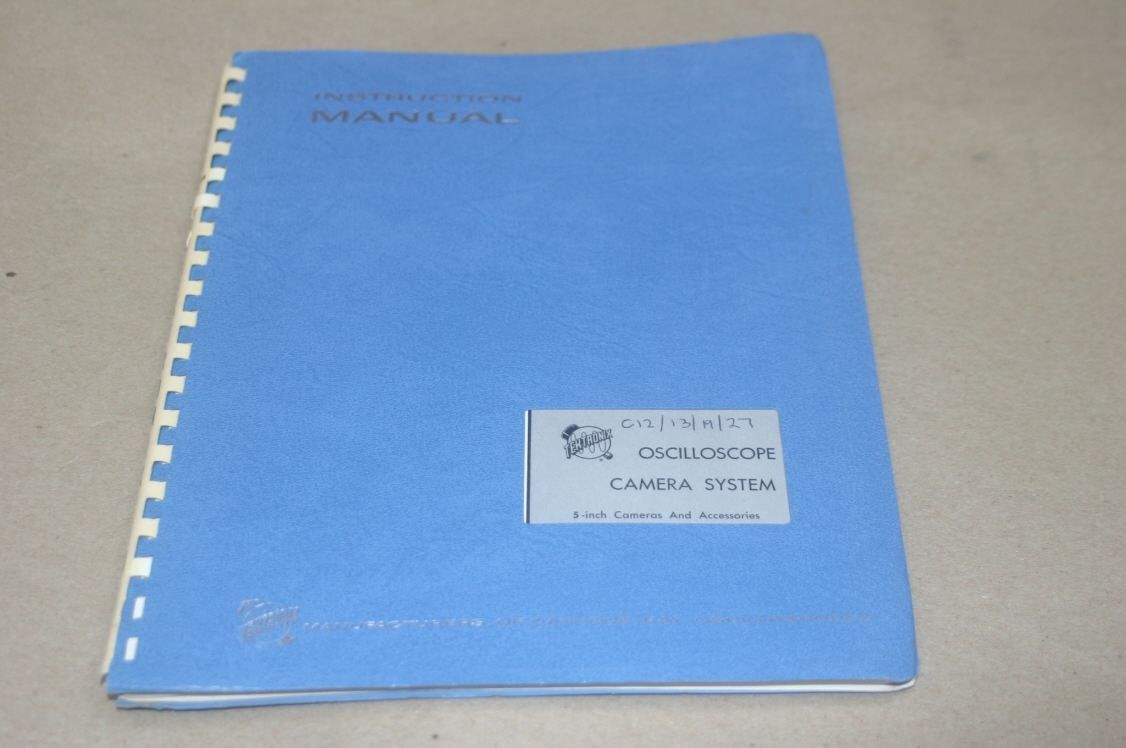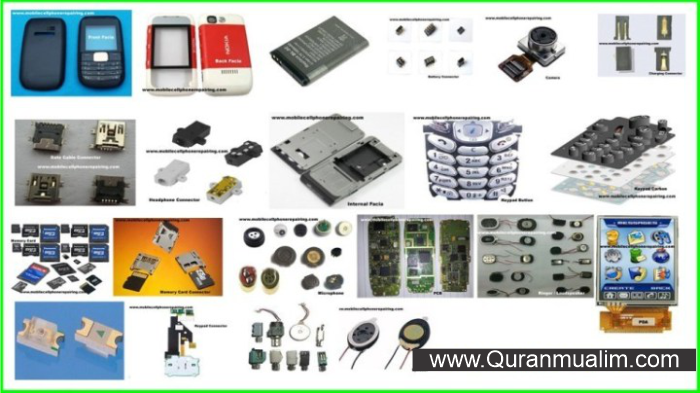

#Digital multimeter book full#
As it only has to move a maximum of the full scale rather than possibly 100%. Assuming that the input voltage could be anywhere in the range, the mid-range means that the ADC is set in the middle of the range and this provides a faster settling time. This would typically require the most significant bit, MSB set to "1" and all the remaining ones set to "0". With a steady input voltage the register starts at half its full scale value. The first stage of the process is for the sample and hold circuit to sample the voltage at the input of the DMM and then to hold it steady. Successive approximation register ADC used in most DMMsĪs the name implies, the successive approximation register ADC operates by successively homing in on the value of the incoming voltage. Typically for most bench or general test instruments, measurements only need to be taken at a maximum rate of a few a second, possible ten a second. These levels of speed are more than adequate for most DMM applications, where high levels of speed are not normally required. Typically for DMMs resolution levels of 16 bits are generally used, with speeds of 100k samples per second. Some SAR ADCs may only have resolution levels of 12 bits, but those used in test equipment including DMMs generally have 16 bits or possibly more dependent upon the application. However the one that is most widely used in digital multimeters, DMMs is known as the successive approximation register or SAR. There are many forms of analogue to digital converter, ADC. When looking at how a digital multimeter works, it is necessary to understand the core technologies that are generally used.įor the DMM, one of the key processes involved in this is that of the analogue to digital conversion.

Typical low cost digital multimeter How a DMM works - fundamentals The basic measurements made by any multimeter are amps, volts and ohms (resistance) and many digital multimeters provide a host of other measurements including capacitance, transistor hfe, continuity buzzer, temperature, etc dependent upon the particular test instrument. The DMM uses analogue to digital converter technology and also they are able to provide many more measurement capabilities because adding extra measurements into the basic IC does not add significantly to the cost. In view of the digital technology used rather than analogue dials, the DMM works in a very different way to the older analogue multimeters. In this way the best use can be made of it - understanding how the DMM works, enables the best settings to be selected, etc. When using a digital multimeter, it helps to have an understanding of how the test instrument works.
#Digital multimeter book how to#
Test meter basics Analogue multimeter How does an analogue multimeter work DMM digital multimeter How a DMM works DMM accuracy & resolution How to buy best digital multimeter How to use a multimeter Voltage measurement Current measurements Resistance measurements Diode & transistor test Fault finding transistor circuits How a Digital Multimeter Works Understanding how a digital multimeter works helps you make the best of its advantages and minimise the impact of its disadvantages.


 0 kommentar(er)
0 kommentar(er)
